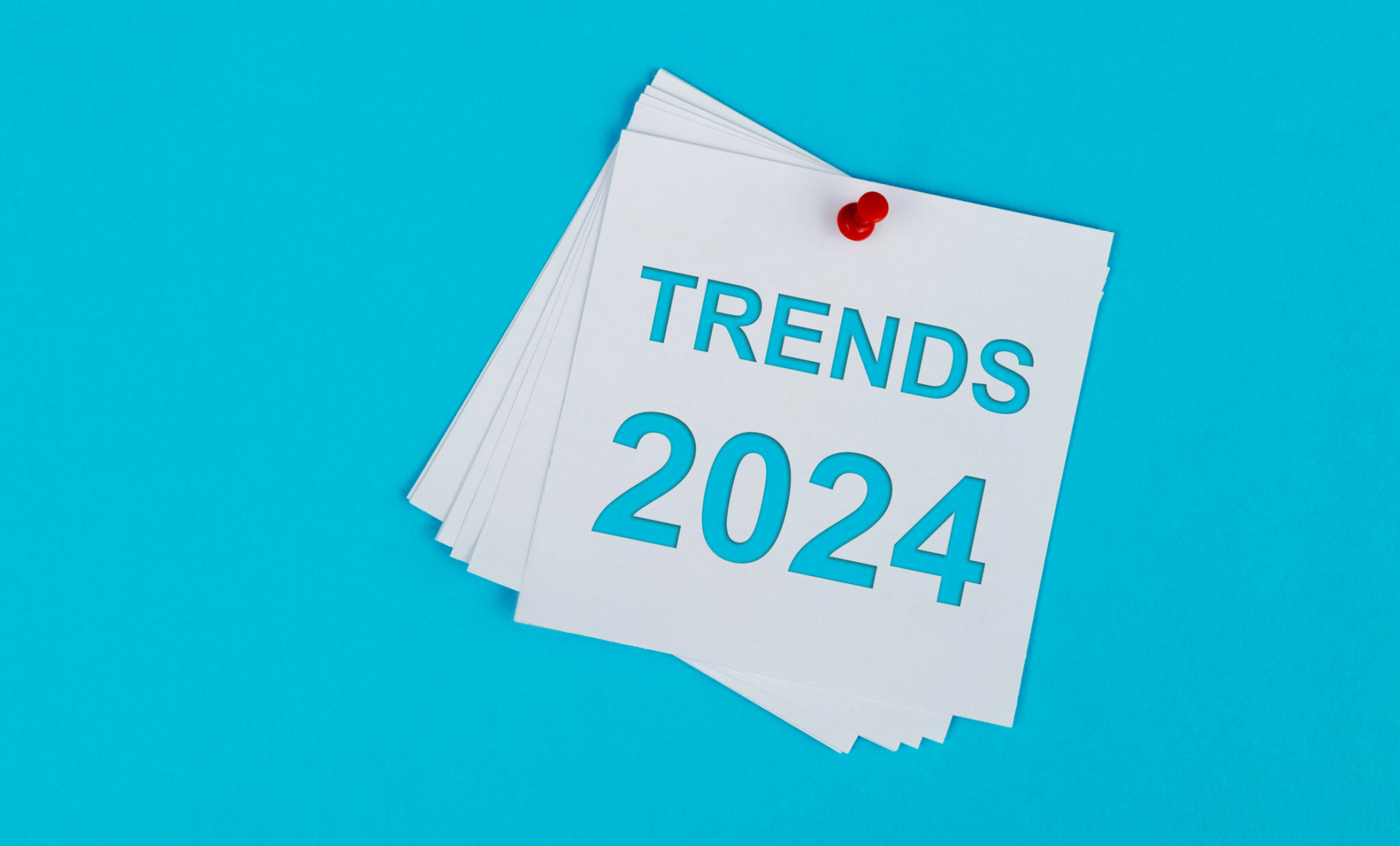In the fast-evolving world of digital marketing, social media platforms have emerged as powerful tools for businesses to reach and engage with their target audience. With billions of active users across various platforms, social media presents a unique opportunity for brands to expand their reach, build brand awareness, and drive sales. However, as with any marketing strategy, it's crucial to measure the return on investment (ROI) to understand the effectiveness of social media campaigns and guide future marketing decisions.
Read more about How to Maximize ROI with Top SMM Panels just visit SpinSMM.
Understanding ROI in Social Media Marketing
ROI in social media marketing is a measure of the profitability and efficiency of social media campaigns. It compares the investment made in social media marketing (like ad spend, manpower, and time) against the returns achieved, such as increased sales, lead generation, or enhanced brand awareness. Unlike traditional marketing, measuring ROI in social media can be complex due to the intangible nature of some of its benefits, like brand loyalty or customer engagement.
Setting Goals and Objectives
The foundation of measuring ROI is setting clear, measurable goals for each campaign. These goals should align with the broader marketing objectives of the business and can range from increasing website traffic to boosting product sales. Employing the SMART criteria ensures goals are specific, measurable, achievable, relevant, and time-bound, facilitating more accurate measurement of ROI.
Key Metrics to Measure
To effectively measure ROI, it's important to track the right metrics. Common metrics include:
Engagement: Likes, shares, comments, and overall user interaction with the content.
Reach: The number of unique users who see the content.
Conversions: The number of users who take the desired action, like signing up for a newsletter or making a purchase.
Click-Through Rate (CTR): The percentage of users who click on a link in a post or ad.
Different tools and software, like Google Analytics, Hootsuite, or native analytics provided by social media platforms, can help track these metrics.
Analyzing Different Social Media Platforms
Each social media platform has its unique features and audience, requiring tailored strategies for measuring ROI. For instance, Instagram's visual format is great for brand awareness and engagement metrics, while LinkedIn might be more suitable for B2B lead generation.
Calculating ROI
ROI can be calculated using the formula:
ROI = (Return from Investment − Cost of Investment)/Cost of Investment
This calculation can vary based on the objectives and metrics chosen. For example, if the goal is brand awareness, the return could be measured in terms of reach or engagement, whereas for sales campaigns, the return is measured in revenue generated.
Improving Social Media ROI
To improve ROI, businesses can refine their target audience, optimize content strategy, and leverage paid advertising. Continuous testing and tweaking, using methods like A/B testing, are essential for understanding what resonates with the audience and drives better results.
Integrating Social Media ROI into Overall Marketing Strategy
Social media ROI should not be viewed in isolation but as a part of the overall marketing strategy. It's important to balance short-term gains with long-term objectives like brand building and customer loyalty.
Case Studies
Analyzing successful social media campaigns can provide valuable insights. For instance, a case study on a brand that effectively used influencer marketing on Instagram to boost sales can reveal tactics for ROI improvement.
Conclusion
Measuring ROI in social media marketing is crucial for understanding the value and effectiveness of your marketing efforts. As social media continues to evolve, so too will the methods for measuring its ROI, demanding constant learning and adaptation from marketers.




